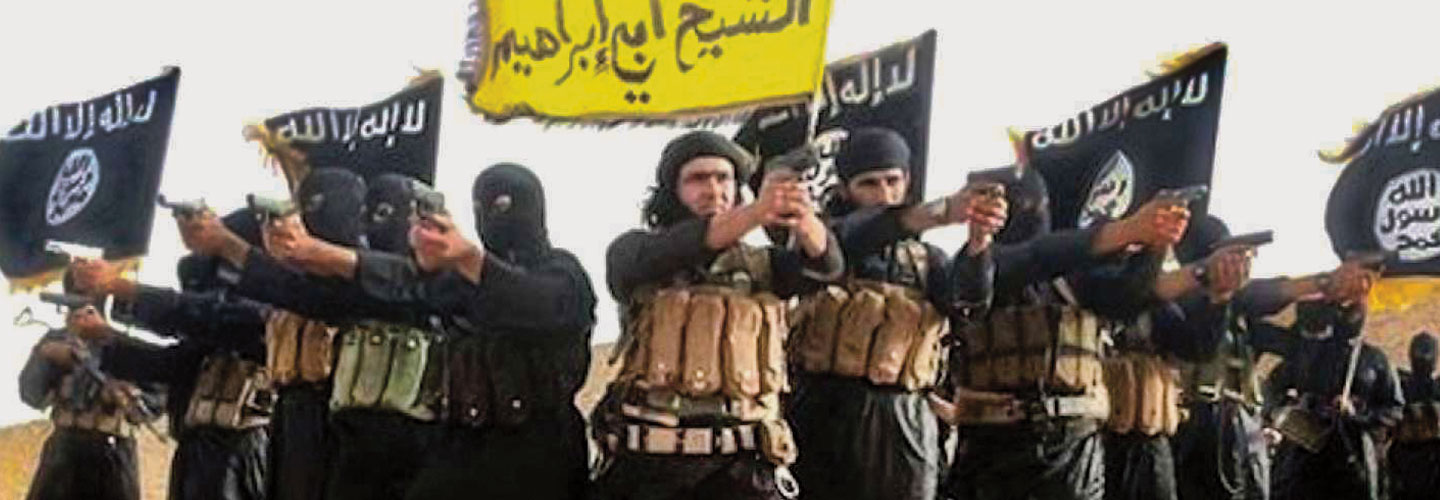The terrorist group ISIS first gained international attention in 2014, after capturing a vast area of land in Iraq and Syria. Since then, its followers have unleashed a wave of violence across the Middle East and inspired dozens of deadly attacks around the world, including in the United States and Europe.
But now the group’s power is beginning to weaken. Experts say ISIS has lost about 60 percent of its territory in the past three years—from an estimated 35,000 square miles to just 14,000 square miles today. (See map, below.) In recent months, the U.S. and its allies have also killed top ISIS leaders and thousands of the group’s fighters.
The latest victory for the U.S. and its allies: the recent capture of Mosul, Iraq, the largest city held by ISIS. The terrorist organization had controlled the city since 2014, torturing villagers and massacring opponents.
The terrorist group ISIS first gained international attention in 2014. It captured a vast area of land in Iraq and Syria. Since then, its followers have unleashed a wave of violence across the Middle East. They have also inspired dozens of deadly attacks in the United States and Europe.
But now the group’s power is beginning to weaken. Experts say ISIS has lost about 60 percent of its territory in the past three years. It has gone from an estimated 35,000 square miles to just 14,000 square miles today. (See map, below.) Also, the U.S. and its allies have killed top ISIS leaders in recent months. They have killed thousands of the group’s fighters too.
The latest victory for the U.S. and its allies is the recent capture of Mosul, Iraq. That was the largest city held by ISIS. The terrorist organization had controlled the city since 2014. Its followers had been torturing villagers and violently killing opponents.

